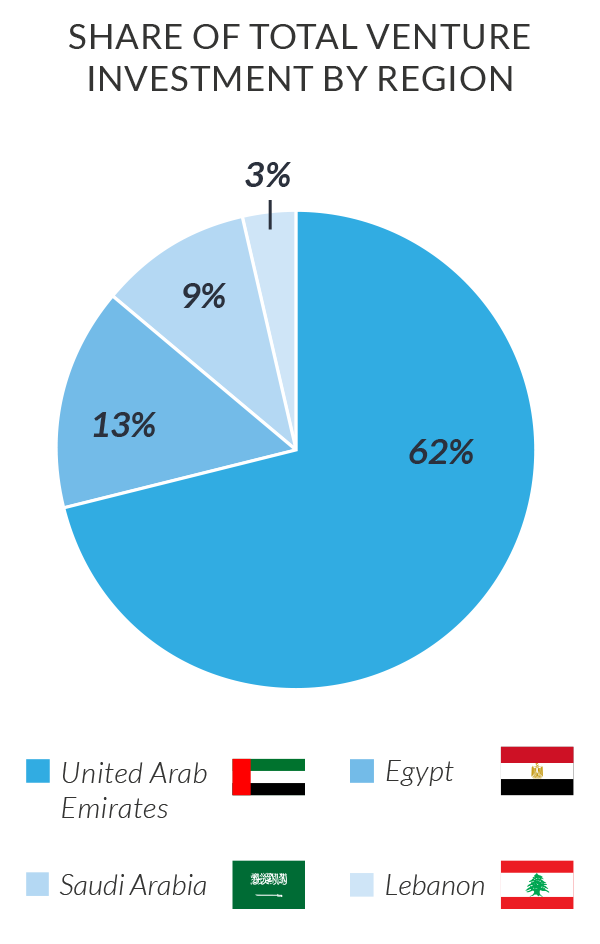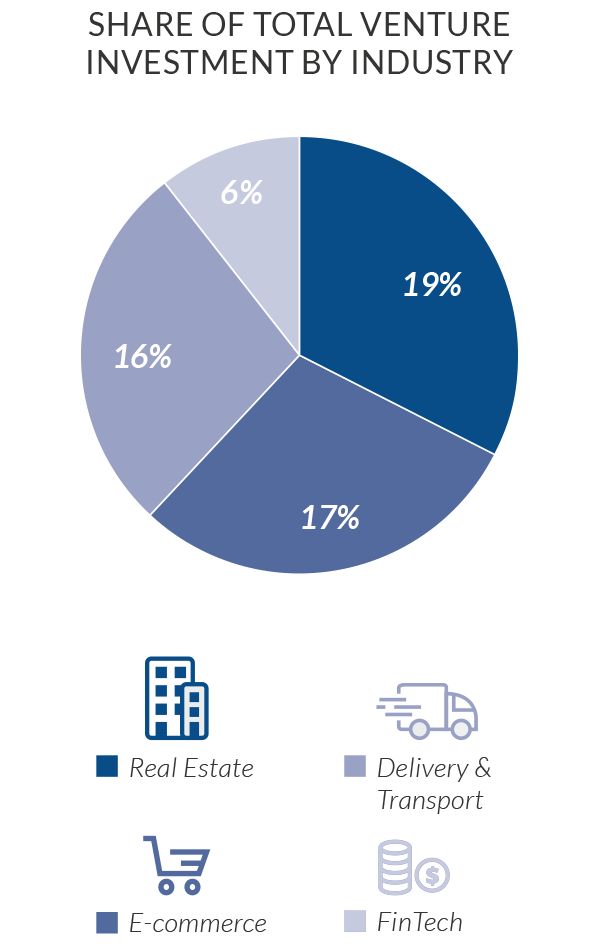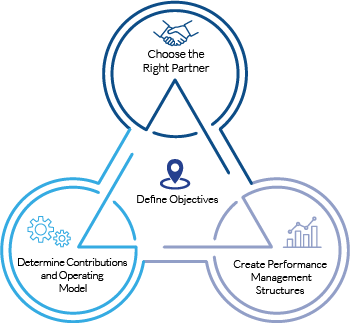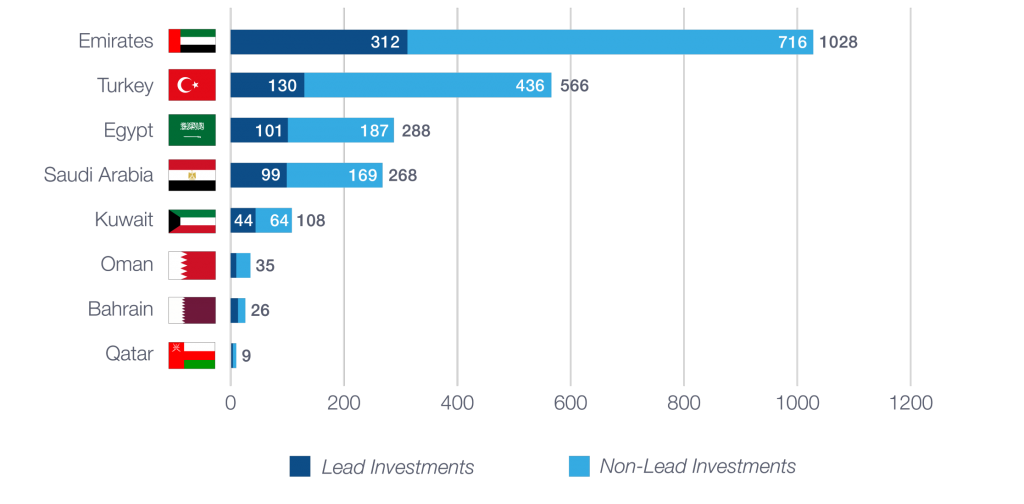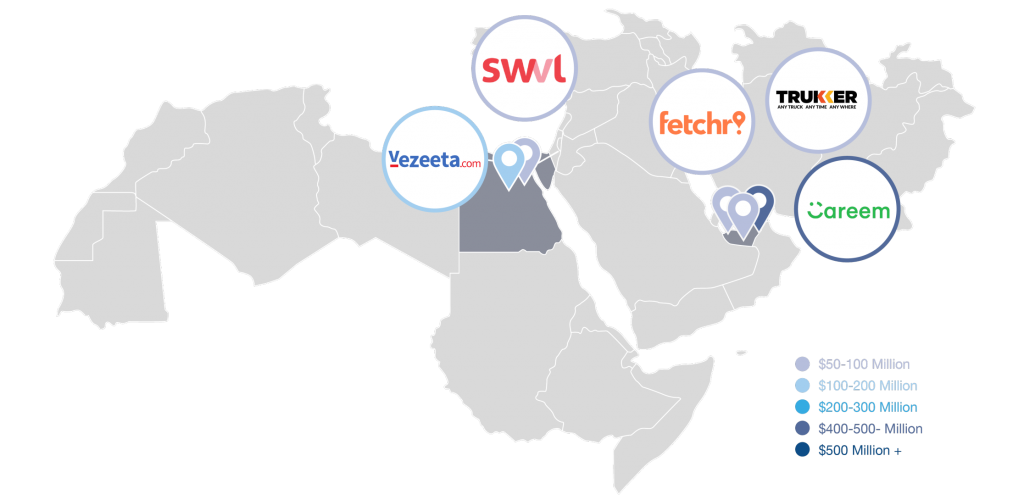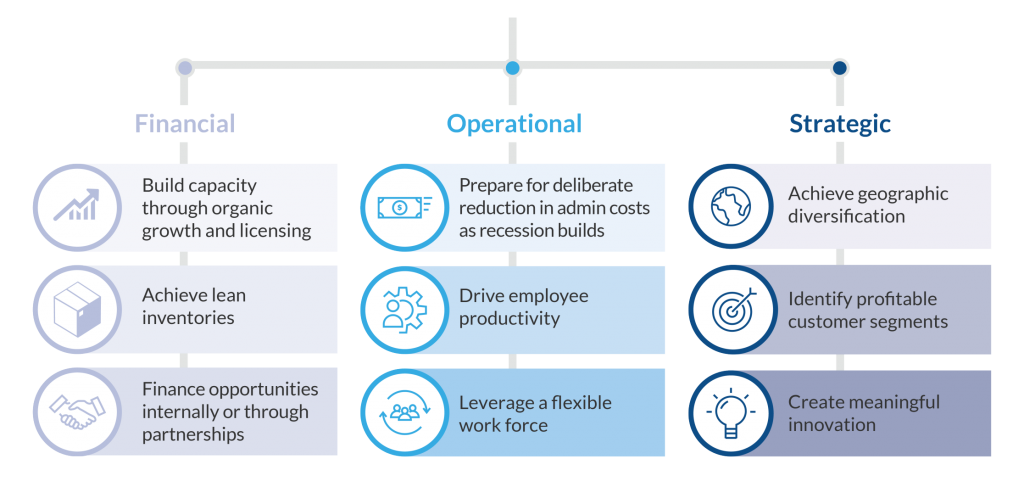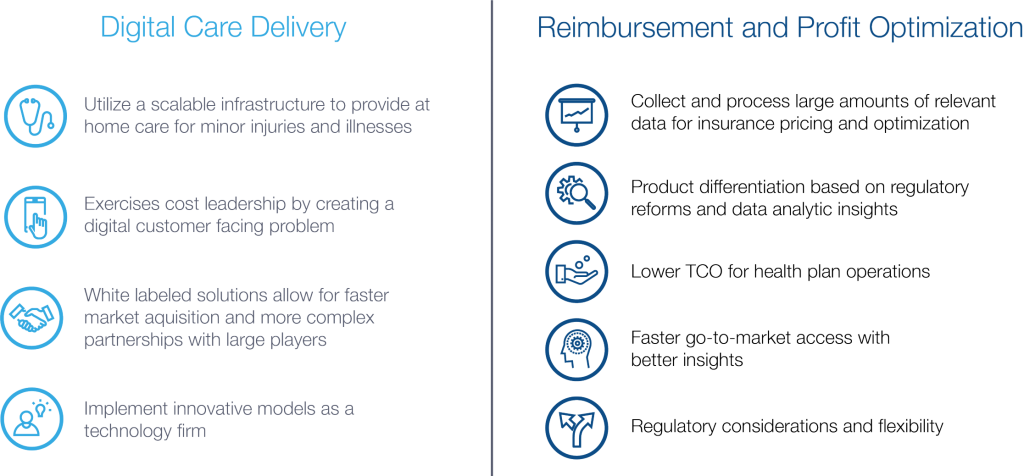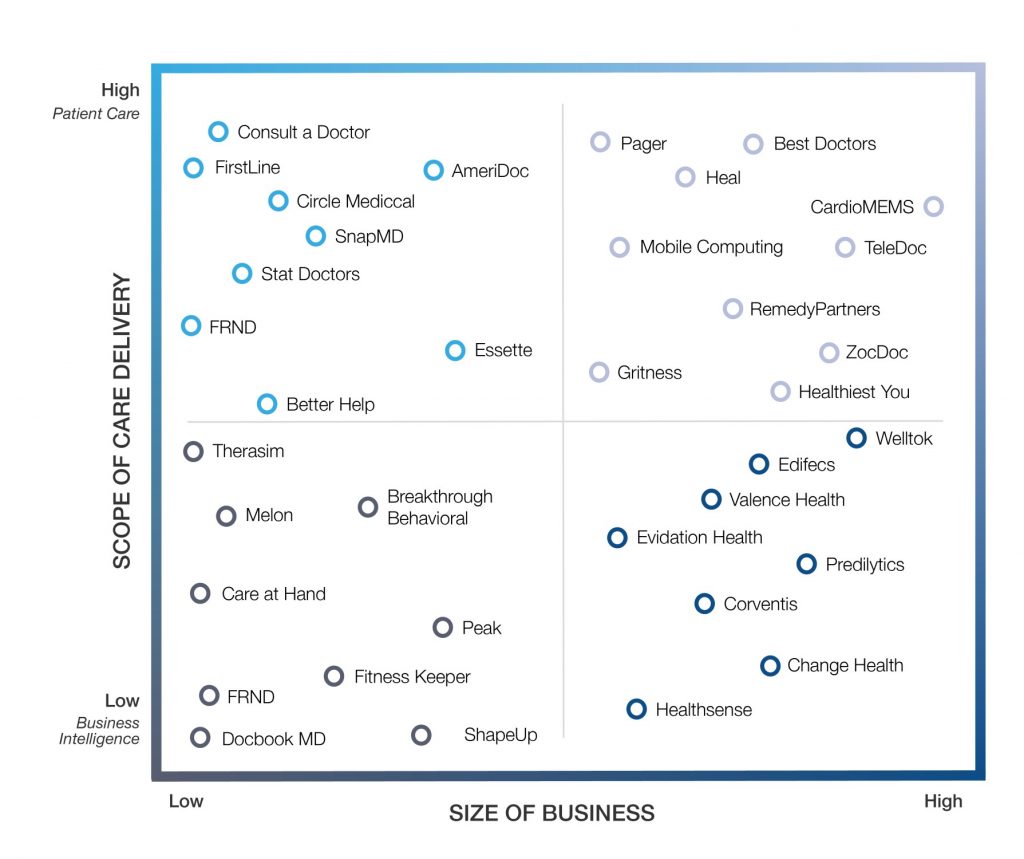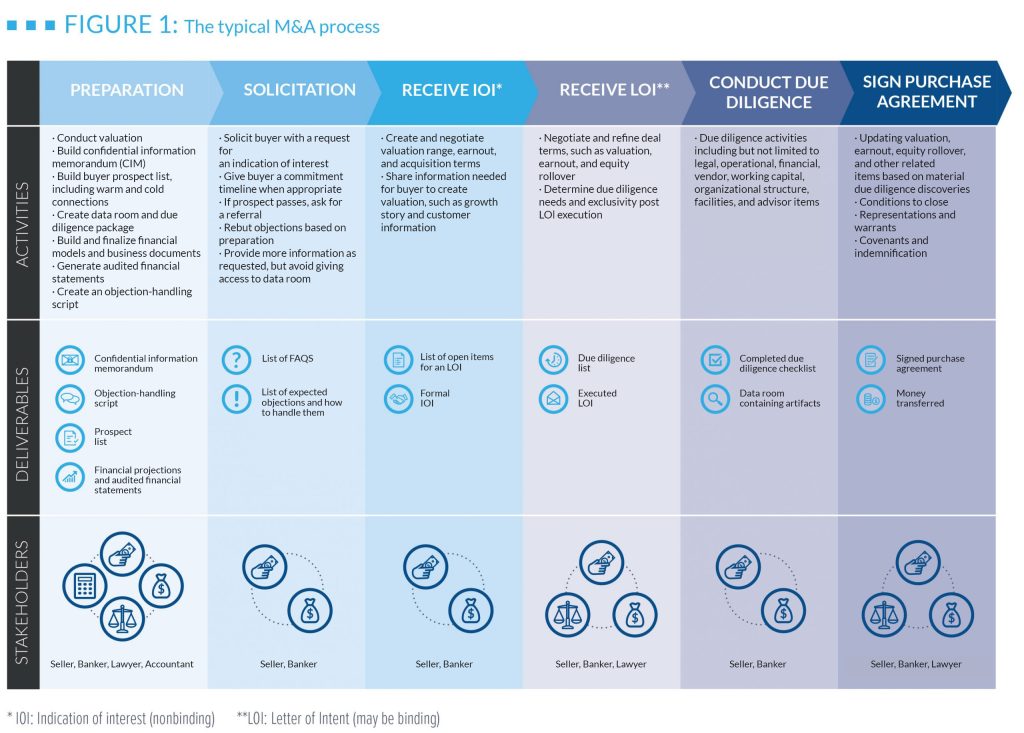Joshua Jahani on S&P Reaching 4,000
In this episode of BBC Newsday Joshua Jahani talks about the S&P 500 reaching 4,000 (11:30).
Also in this episode:
Taiwan’s rail company says 36 people are known to have died, and dozens injured. Myanmar’s deposed leader Aung San Suu Kyi had already been accused of breaking COVID-19 rules and illegally possessing walkie-talkies—now she’s been charged with violating the country’s official secrets act. And the story of the Italian businessman who tried to fake his own kidnapping for financial gain, but ended up as a prisoner of a jihadist group for three years.








